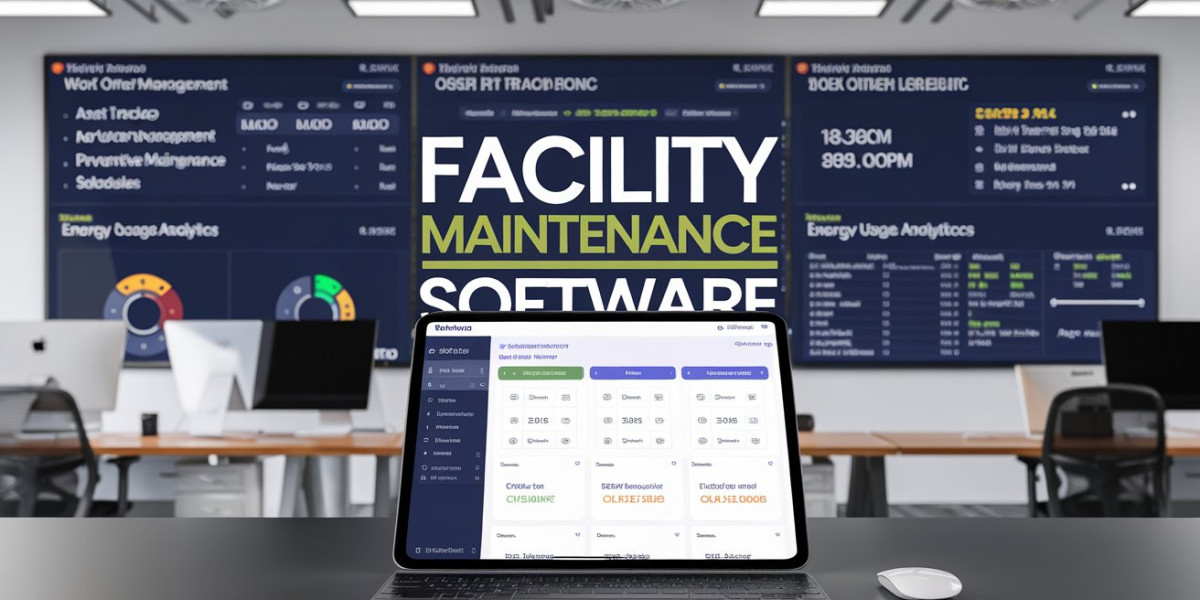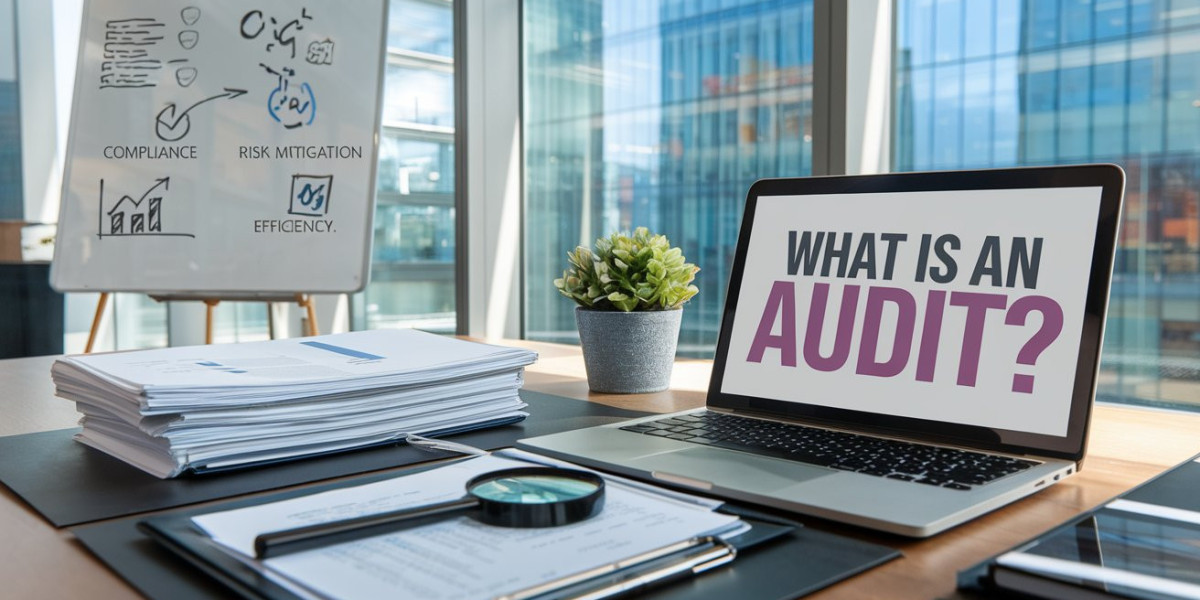In today's fast-paced environment, effective facilities management demands more than simply manual checklists and physical inspections. Facility Maintenance Software (FMS) has developed as a critical tool for streamlining maintenance procedures, lowering costs, and increasing operational efficiency. Whether you operate a corporate office, a manufacturing plant, or a healthcare center, using FMS can greatly enhance how you handle everyday chores and unexpected repairs.
This article delves into how Facility Maintenance Software may alter your operations, the primary benefits it provides, and how to successfully integrate it in your firm.
What is Facility Maintenance Software?
Facility Maintenance Software (FMS) is a solution used to automate building or facility maintenance activities. It's intended to help facility managers schedule and track repairs, monitor equipment health, manage work orders, and improve communication. These systems work along with other management software to provide a comprehensive solution that improves productivity and ensures long-term asset health.
Key Features of Facility Maintenance Software
Preventive Maintenance Scheduling
- One of the core functionalities of FMS is scheduling preventive maintenance tasks. By automating this process, FMS ensures that tasks such as HVAC inspections, plumbing checks, and safety system testing occur at regular intervals, preventing costly breakdowns and extending the life of critical equipment.
Work Order Management
- FMS enables managers to create, assign, and track work orders in real-time. Whether it’s a routine repair or an emergency fix, the software ensures that tasks are completed promptly, and progress can be monitored easily.
Asset Management
- FMS allows facility managers to track the status, lifecycle, and maintenance history of all assets. This feature ensures that you can identify which equipment needs replacement or service and prevent costly disruptions.
Inventory Management
- Managing parts and supplies is a crucial aspect of facilities management. FMS includes inventory tracking features, allowing managers to monitor stock levels and make informed decisions about reordering supplies and parts before running out.
Mobile Access
- With mobile-enabled FMS, maintenance staff can access work orders, update progress, and report issues in real-time from any location. This mobility increases efficiency by allowing technicians to respond quickly to on-site needs.
Reporting and Analytics
- Facility Maintenance Software generates comprehensive reports that help managers make data-driven decisions. By analyzing trends in repair costs, downtime, and asset performance, managers can optimize their maintenance strategy and reduce unnecessary expenses.
Energy Management
- Many FMS solutions come equipped with energy management features that help monitor the energy consumption of various systems. By tracking energy usage patterns, facility managers can identify inefficiencies and implement energy-saving strategies, reducing costs and environmental impact.
Benefits of Facility Maintenance Software
Cost Savings
- By automating preventive maintenance schedules and catching problems early, FMS helps avoid costly repairs and downtime. Over time, this leads to significant savings in both repair costs and operational expenses.
Improved Efficiency
- With automated task management, real-time tracking, and mobile accessibility, FMS eliminates manual processes, allowing facility managers to allocate time and resources more effectively.
Better Asset Longevity
- Routine maintenance and timely repairs can extend the life of your assets. FMS ensures that all equipment is maintained properly, minimizing the need for expensive replacements and improving return on investment.
Enhanced Reporting and Decision Making
- FMS provides real-time data and historical performance reports, enabling informed decision-making. This helps managers identify areas for improvement, optimize processes, and drive better outcomes for the facility.
Increased Safety and Compliance
- Facility Maintenance Software helps ensure that all maintenance tasks are completed on schedule, reducing the risk of accidents and ensuring compliance with safety regulations. Managers can also track certifications, inspections, and compliance activities within the software.
How to Implement Facility Maintenance Software
Assess Your Needs
- Before selecting an FMS solution, evaluate the specific needs of your facility. Consider the size of your facility, the types of assets you manage, and the level of reporting and customization required.
Choose the Right Software
- There are various FMS providers offering a range of features, from simple work order management to full-scale asset management. Select a system that aligns with your goals, is scalable, and offers user-friendly features.
Train Your Team
- To ensure a smooth transition, it’s important to train your facility management team on how to use the software effectively. This will maximize its potential and encourage adoption across your organization.
Monitor and Optimize
- Once implemented, continuously monitor the performance of the software and its impact on your facility. Collect feedback from users and look for opportunities to optimize processes and improve outcomes.
Facility Maintenance Software is a game changer in the field of facility management. It enables managers to streamline processes, increase asset health, and save money while maintaining compliance and safety. As facilities become more complex, investment in FMS will become even more important for firms seeking to maintain peak performance.
If you want to improve your facility's maintenance procedures and have more control over operations, using the proper Facility Maintenance Software will give you the tools and resources you need for long-term success.








